Montana Integrated Resource Plan 2023
Executive Overview
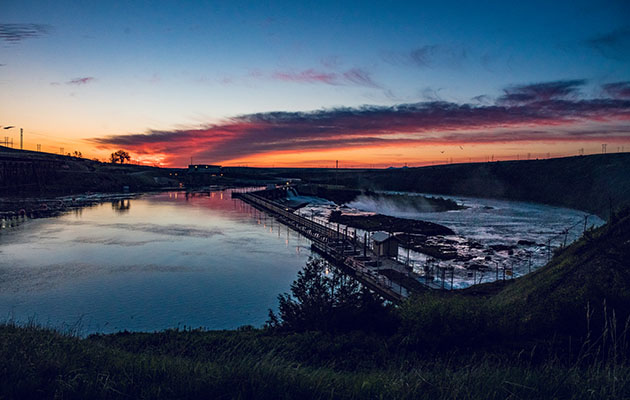
Executive Overview
NorthWestern Energy’s 2023 Montana Integrated Resource Plan is an analysis of energy supply conditions. It is used to inform the development of an adequate Montana energy supply portfolio for reliable energy service for our customers’ homes and businesses, the state’s industries, and critical services, such as healthcare, for the coming years.
It presents an evaluation of different potential generation resource portfolios that could meet the needs of our Montana electric customers reliably, safely and at reasonable costs over a 20-year horizon.
During the December 2022 extreme cold in Montana, 41% of the electricity powering our Montana customers’ homes, businesses and critical services was imported from out-of-state on the grid. With traditional generation resources, such as coal plants, being retired across the West, the risk continues to increase that energy markets may not have enough electricity available when it is needed to meet our Montana customers’ peak energy demand.
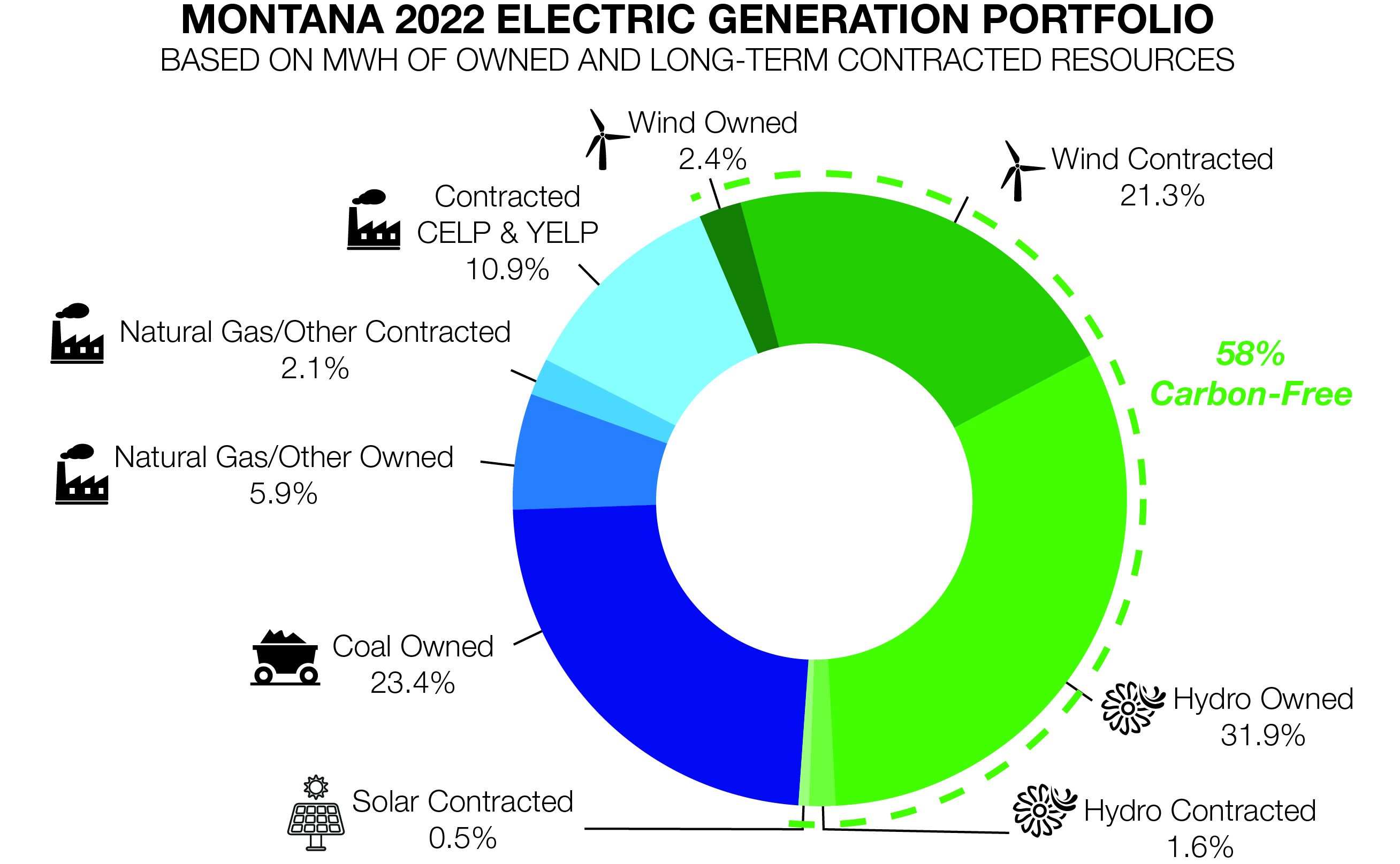
The Montana Integrated Resource Plan provides information about the energy system’s future needs under different conditions and evaluates various resource types based on their generic costs and characteristics. The plan evaluates: solar and wind renewable generation; battery and pumped hydro storage; natural gas plants; and small modular reactor nuclear plants. It is not a recommendation of any resource type or mix of resources.
The plan is revised every three years to include changes in energy policy, demand and technology, as well as other developments in the energy industry.
The 2023 Montana Integrated Resource Plan identifies that the major risk for customers, which is consistent with previous integrated resource plans, is an overreliance on an uncertain market to address our critical capacity needs.
In fact, recent real-world examples indicate that risks to affordable and reliable energy service for our Montana customers are increasing because of an overreliance on the market for capacity needs.
Read the complete Montana Integrated Resource Plan 2023
NorthWestern Energy’s commitment to provide all our customers with reliable, safe energy service at the most affordable cost and to be responsible stewards of the environment remains the cornerstone of our mission as we enter our second century in the energy business.
Energy for Montana's future as well as today
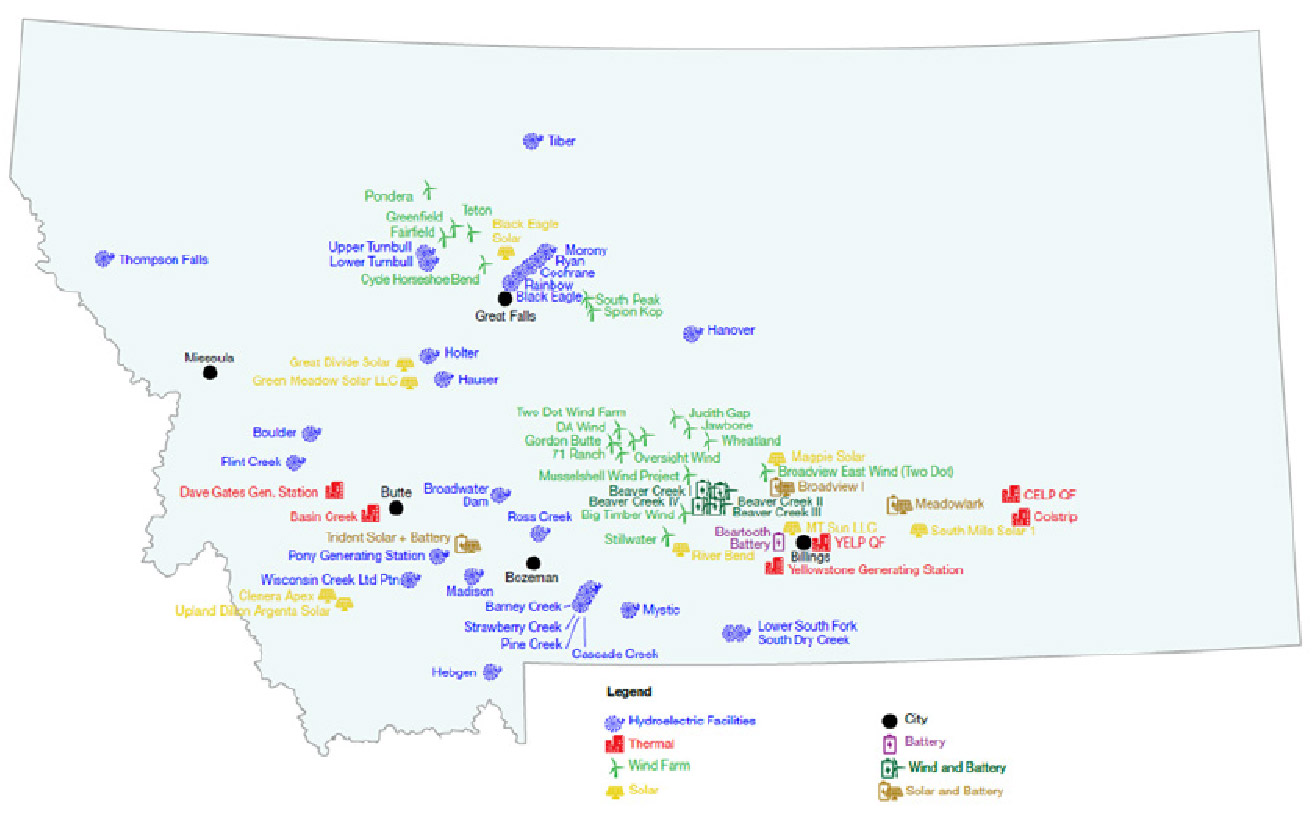
Energy for Montana's future as well as today
NorthWestern Energy is taking actions now to continue to provide the reliable, safe, cost-effective energy service we do today during the industry’s transition to cleaner generation resources and in the future, when additional cost-effective, carbon-free energy technology is expected to be available that can meet our customers’ needs.
NorthWestern Energy is committed to adding on-demand generation that is located in Montana to ensure we will have adequate resources that can provide energy in all weather conditions for our Montana customers.
This provides the resources needed for reliable energy service at reasonable costs while we plan for Montana’s future.
NorthWestern Energy has an agreement with Avista to acquire its ownership of the existing Colstrip Units 3 & 4, 222 megawatts, on Jan. 1, 2026.
Today, because we don’t have enough on-demand generation, we purchase electricity from the changing energy market to meet the needs of our Montana customers when their energy demand is high, which is when energy market prices are rising.
Regional resource adequacy programs and markets
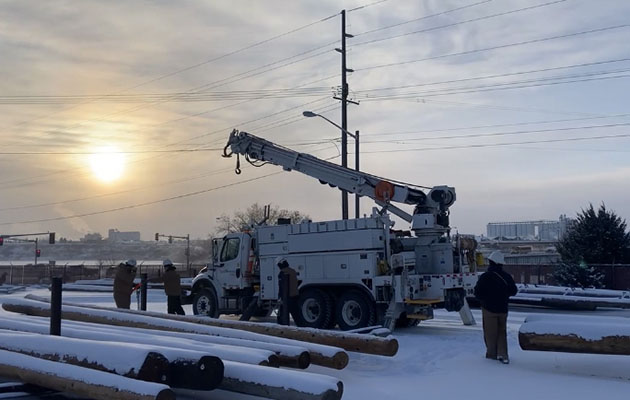
Regional resource adequacy programs and markets
Because the Pacific Northwest faces an increasing probability of near-term shortfalls of energy supply during high-demand conditions, a regional energy resource adequacy program — the Western Resource Adequacy Program (WRAP) — is being developed. Such programs are already established in other regions in the U.S.
The programs’ cooperative approach lets energy company members leverage their shared resources across regions for service reliability planning and to take advantage of the diversity of weather conditions in a multi-state region that influence energy demand. The WRAP standardizes resource capacity values, creating a common framework all members use to measure resource adequacy.
Another customer benefit is that together, program members have lower individual resource requirements for reliable energy service planning than are needed for reliability planning as stand-alone energy companies.
In order to participate, NorthWestern Energy and other member companies are required to have sufficient energy resources so that no member creates an undue burden on the overall system. NorthWestern Energy will have the sufficient resources required to participate in the program with the Yellowstone County Generating Station and an additional share of the existing Colstrip plant.
Proactive planning
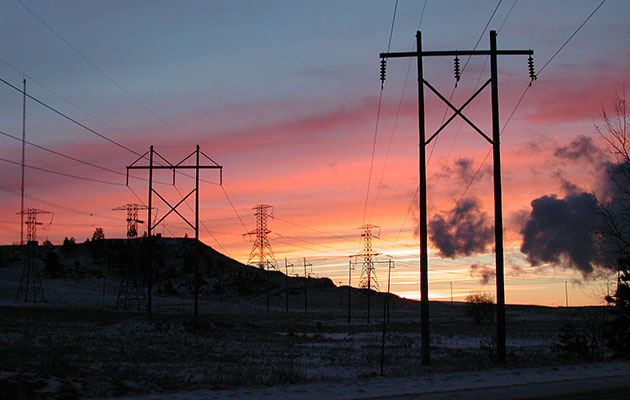
Proactive planning
NorthWestern Energy’s 2023 Montana Integrated Resource Plan identifies significant variables that may affect our resource adequacy.
As the future of the existing Colstrip plan becomes clear, NorthWestern Energy may need to replace the on-demand generation this plant, the largest single such resource in our Montana portfolio, provides.
Constraints within the existing transmission system in Montana limit the ability to import energy from and export energy to out-of-state. Transmission availability also limits the types of generation resources that can be added to the system, as well as where new resources can be located.
A reliable energy future for Montana



